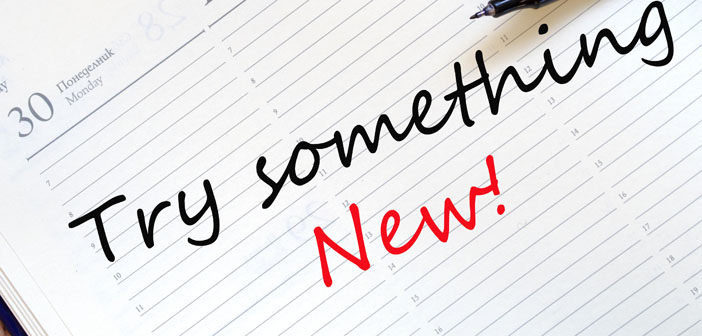While the New Year typically brings with it well-intentioned resolutions to stop this or start that, it’s rare for people to stick to their resolutions – indeed according to research in Psychology Today only one in ten people stay the course.
Whether you ditch the diet or stop going to the gym is a personal matter, however when it comes to work commitments there’s very little room for negotiation. Those strategies and objectives that are set for the coming year need to be delivered against – notwithstanding the raft of regulatory changes that will impact banks, building societies, credit unions, providers and reinsurers. So, whether or not your particular firm will be impacted by proposed regulations, the underlying message about competence is loud and clear.
We all know that there are three core elements that are critical to the delivery of organisational objectives, namely having highly competent and professional people, hitting target financials, and achieving excellent customer outcomes.
All too often KPIs focus too much on performance outputs instead of what good needs to look like
But how often do we actually review our T&C arrangements to ensure that we have the right staff competencies in place, and that these are aligned correctly in order to achieve our goals? Inflexible T&C frameworks can potentially miss the opportunity to clearly define, re-define, refresh and align competencies and KPIs in order to meet the changing demands of the firm, the customer and regulatory expectations.
Revisiting how we think about KPIs
All too often KPIs focus too much on performance outputs instead of what good needs to look like in terms of knowledge, skills and ethical behaviours. With the increasing emphasis on conduct and culture, firms really can’t ignore the importance of setting, supervising, tracking and recording appropriate employee competence and behaviours right across the organisation. For example, the recent FCA and PRA consultations on accountability for senior managers and many other roles make it very clear that fitness and propriety need to be regularly vetted. This has to include competence to perform roles.
So what will revisiting the way you think about KPIs and how you define and measure competence achieve? By thinking about it in terms of competencies rather than just KPIs it will allow a firm – based on their objectives – to carefully consider and set out the requirements for all roles under the scope of the T&C framework. This should cover not only what people need to know, but also what they need to be able to do and how they are expected to behave. If all of these come together it should result in the successful delivery of results and regulatory compliance, with key benefits including:
- Greater clarity about the competence and capability needed to achieve objectives, customer outcomes and regulatory compliance, enabling both expectations and personal objectives to be managed accordingly and making the connection between commercial success and compliance much tighter.
- Staff fully understanding what professionalism looks like in their firm, what standards they must achieve across the role lifecycle and – not least – the consequences of missing them.
- Enabling T&C activity – particularly, supervision and development – to focus on actual and emerging knowledge, skills and behavioural gaps, weaknesses and risk. This encourages the T&C scheme to add value through more personalised and tailored management.
- Providing greater granular insight, intelligence, MI and data to support more effective root cause analysis. This will help senior managers, supervisors, risk teams and L&D functions to identify trends and thus target activity more efficiently and cost effectively.
- Linking T&C systems more closely to competence and learning solutions through a Learning Management System approach that is more relevant and appropriate to roles and individuals. This fosters more personal CPD strategies, adding value and making ROI assessments much easier to establish.
- Offering strong evidence that your firm is serious about conduct and culture, and that it has taken steps to build this into your firm’s DNA.
A key message from RDR and recent Consultation Papers is that individuals across the whole organisation must take ownership, responsibility and be accountable for their professionalism. Aligning competencies and T&C KPIs closely to this allows firms to think differently about how they measure success and structure their T&C approach. However you manage your T&C processes and procedures, regular consideration of and speed of reaction to changing demands and environments is imperative.
So perhaps a better New Year’s resolution should be to make sure your T&C framework, competencies and KPIs are all fully aligned to strategy, objectives and customer outcomes. It’s certainly a commitment that should last through 2015, and be revisited each and every year after that.




